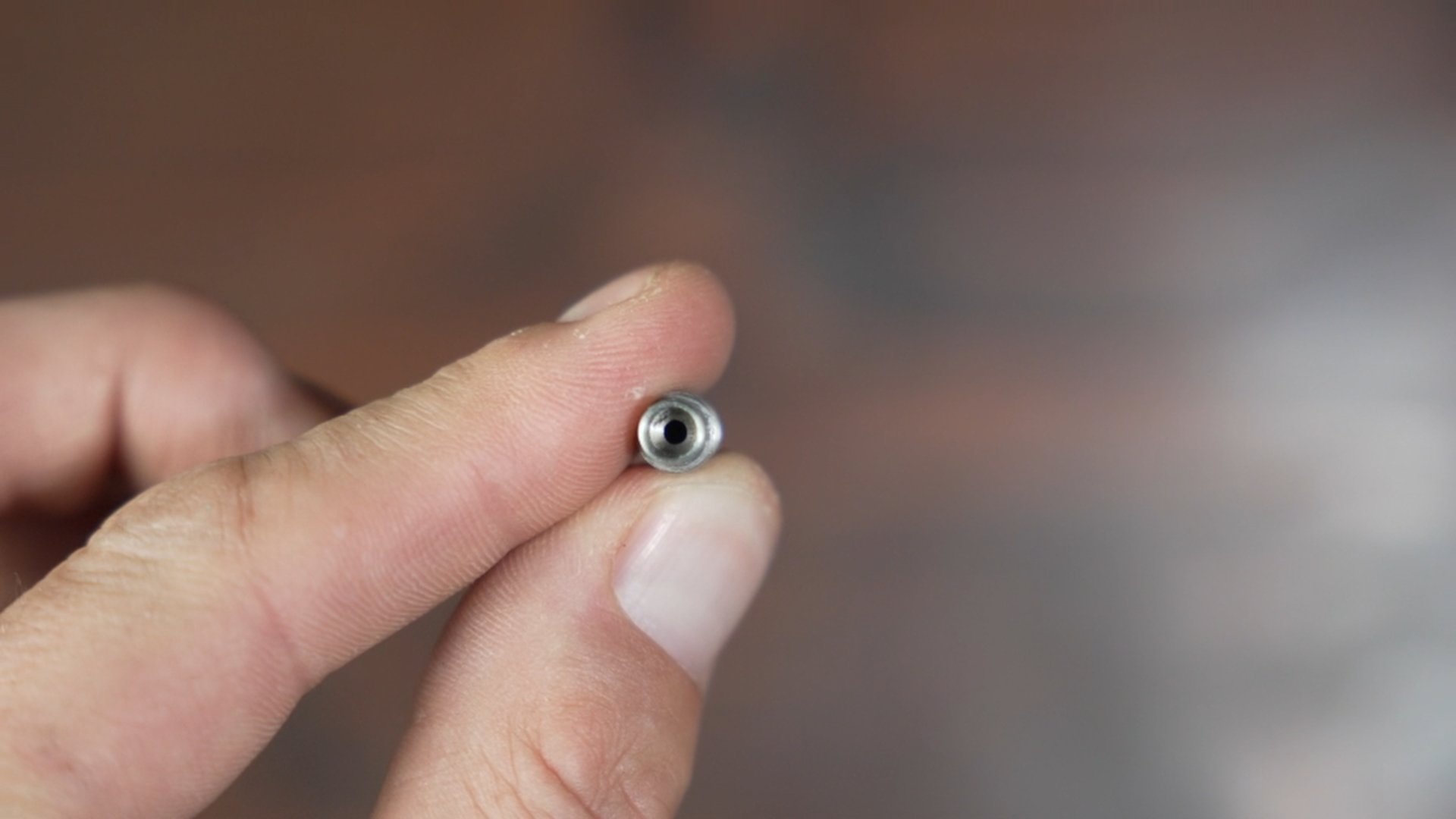How to Succeed When 3D Printing With Nylon
Are you ready to take your 3D printing to the next level with nylon? Nylon is useful for printing because it is durable, wear resistant, and strong. It is used in all sorts of functional parts from bicycle pedals to gears. I've got five great tips that will help you master nylon 3D printing and make all your parts with ease!
You may be thinking if nylon is so great there has to be some catch…and there is. Nylon’s achilles heel is that it is hygroscopic. This means that the nylon filament absorbs water from the air. When we print it, those water molecules are going to turn into steam at 100C which will compromise the print in addition to producing a really bad surface finish. This leads to my first tip on printing with nylon: Dry Your Filament.
#1 DRY YOUR FILAMENT!
I can't stress this enough. If you don't dry your nylon filament before printing, you're probably going to have a bad time.
Even if your nylon filament is fresh out of the package, it's a good idea to dry it before you print. Moisture can get into filament during shipping or storage, or it may not have been dried when it left the factory. Regardless of climate, moisture can get into filament and cause problems. When you dry filament, you need to heat it above its glass transition temperature. This is the temperature at which the material changes from a hard, brittle state to a soft, rubbery state. The higher the temperature, the quicker and easier it is for the moisture to escape.
There are three main types of nylon filament: nylon 6, nylon 6-6, and nylon 12 (also some blends of these three).I have seen figures for Nylon 12 from 34 to 158 degrees Celsius. That’s a huge range! This is because there isn’t one definition for a material’s glass transition temperature. What we want is the temperature to be high enough at ambient pressure that the water can escape while not so high that the filament will deform from our nice 1.75mm circular diameters. I have found that at 70 degrees any nylon filament I have used is dry after 12 hours. Often I leave it for a day or two in case it was really wet, or I am lazy about checking on it. You’re not going to ruin your filament by leaving it at drying temperature for several days.
Once your filament is dry, you can store it in a sealed container with a desiccant pack. This will help to keep it dry and prevent moisture from getting in, but I always redry my filament before printing again if it has been more than a day.
There are a few different ways to dry your filament. You can use a food dehydrator, an oven, or even a dedicated filament dryer. If you want to be extra careful, you can print straight from a filament dryer. This will help to ensure that your filament is always dry and ready to use.
I recently got a filament dryer from FixDry sent to me to try out. Full disclosure, I got no money from them, but did get the product for free. I like this dryer because it can hold two rolls of filament, it goes up to 70 degrees Celsius, and I can program how long it dries for. However, I don't like that the screen flickers, and I wish it had a better way to attach PTFE tubes. It would also be awesome if the temperature could go even higher like 90.




#2 print hot
Most nylons print hot at around 260 degrees or more. This is right at the limit for Teflon and the Teflon tubes inside of the hotends will often melt. I have had marginal success with some high temperature Teflon tubes printing at 250, but it really is best if you use an all metal hotend. Luckily those are pretty cheap to change out these days, and personally I have gotten less clogging with all materials at all temperatures since switching. A heated bed will also help produce a better nylon print. I generally print with the bed temperature at 100 degrees for the first layer and then drop it to 60 for the rest, but I have seen recommendations from 50 all the way to 120! Feel free to experiment with temperatures, but be sure to follow the manufacturer’s recommendations as a starting point.
Also, to make sure that the filament is fully up to temp, slow your printing speeds down a bit compared to your normal prints. You probably won’t break any Benchy speed records with nylon.

#3 Control the Warping
After the water absorption problem, I think the other big downside of nylon is that it warps really badly. To help control this, first disable the part cooling fan when printing, or at least turn it down low. I like to print at 10% on my Bambu Labs printer, and completely off on all my other ones.
Printing in an enclosure can also help. This isn’t always necessary, but I have done an easy one just using cardboard. Do be careful that your electronics aren't in the enclosure or it can mess them up or cause premature failure. I have replaced a couple of ramps boards over the years from not being careful with this.
Print Enclosure: https://amzn.to/3qAPtBI

#4 Print Surface
Nylon doesn’t stick very well to PEI, which has become the de facto surface for a lot of printers. This causes prints to release and often you end up with warped edges and you may need huge brims to overcome it. My Bambu Labs printer prints fine on the engineering plate with some glue stick…mostly. And in the past I have used glass and glue stick which worked…mostly. The best I have found is G10 and I have heard that G11 is good as well. This is often known by the brand name Garolite and is epoxy and fiberglass cured under high pressure. It is used in all sorts of things from circuit boards to knife handles. Honestly, it is my favorite general purpose print surface. Additionally, if you are having a really hard time you can use Magigoo MPA2019. This is a glue for PA (nylon) specifically and can help nylon stick to PEI and other surfaces. It is a bit expensive though, so my recommendation is to buy a G10 sheet first, then try the Magigoo.
Magigoo MPA2019: https://amzn.to/3OJxeCg


#5 Use different nylons and fillers
Nylon 6 absorbs a lot more moisture than some of the other types of nylon, particularly the common nylon 12. There are some physical property trade-offs, but I think they are pretty minimal and nylon 12 typically absorbs less than half the water that nylon 6 does. In fact, some of the nylon 12 I have used didn't even dry after sitting out and it printed fine. That said, every filament I have seen so far has been more expensive. If you know of a good priced nylon 12 filament let me know. I really do want to know.
Additives will also help with nylon’s warping issues. The most common ones are carbon fibers and glass fibers. This will change the physical properties by decreasing the flexibility or increasing the stiffness. It depends on the project, but for me that is actually usually a bonus since nylon is a lot less stiff then PLA or even ABS. The downside with these additives is that you need a more durable nozzle like hardened steel, vanadium, or ruby tipped. The prices have really come down in nylon 6 with carbon fiber additives and that is probably my general favorite nylon to print with if my project allows it.


Hope this helps!

